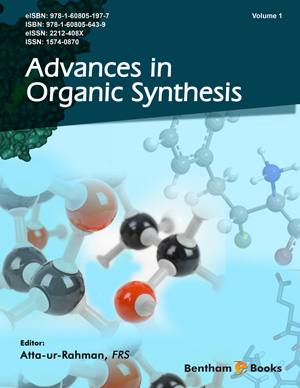Abstract
A biofilm is a form of bacterial cluster normally seen in environmental
niches. They are immobile communities that colonize and develop on medical implants
like sutures, catheters and dental implants, which can be treated only by their removal,
leading to unaffordable treatment. The main biofilm consequence is its increased
tolerance to negative environmental conditions, which includes resistance to antibiotics
and antimicrobial agents. The high resistance of bacterial biofilm towards external
stress and antibiotics is due to the extracellular polymeric matrix, which provides a
barrier from the external environment. The biofilm development is facilitated by the
cell-to-cell communication mechanism of bacteria called quorum sensing, which
promotes the bacterial community to mature. There is a huge number of naturally
occurring chemical compounds that can act as antibiofilm agents. Different chemical
compounds resist bacterial biofilm growth by different mechanisms depending on the
chemical structure of the molecule, and the stage of biofilm formation at which we
introduce the chemical compound into the biofilm system. The anti-biofilm activity of
a natural or synthetic compound mainly depends on certain aspects; some of them will
deal with the inhibition of the formation of the polymer matrix, some others may
suppress the cell adhesion and its attachment to itself or an external surface, while
others deal with the interruption of extracellular polymeric matrix generation and
lessening virulence factors production, thereby hindering QS network and biofilm
development.
Keywords: Antagonistic, Antibiofilm, Antimicrobial, Autoinducers, Efflux Pump, Extracellular Polymeric Natrix, Multidrug-resistant, N-acyl Homoserine Lactones, Persisters, Photodynamic Therapy, Magnetic Nanoparticles, Violacein, Virulence Factor, Quorum Sensing, Quorum Quenching.






















